Youth
The Jobs family
Steve Jobs was born on February 24, 1955, in the city of San Francisco. His biological mother was either an unwed graduate student named Joanne Simpson, and his biological father was a political science or mathematics professor, a native Syrian named Abdulfattah John Jandali.
Being born out of wedlock in the puritan America of the 1950s, the baby was put up for adoption. Joanne had a college education, and she insisted that the future parents of her boy be just as well educated. Unfortunately, the candidates, Paul and Clara Jobs, did not meet her expectations: they were a lower-middle class couple that had settled in the Bay Area after the war. Paul was a machinist from the Midwest who had not even graduated from high school. In the end, Joanne agreed to have her baby adopted by them, under the firm condition that they later send him to college.
Paul and Clara called their son Steven Paul. While Steve was still a toddler, the couple moved to the Santa Clara county, later to be known as Silicon Valley. They adopted another baby, a girl called Patti, three years later in 1958.
Childhood

Steve was quite a turbulent child. He really didn’t care about school for some time — until he reached the 4th grade, and had Imogene “Teddy” Hill as a teacher.
She was one of the saints of my life. She taught an advanced fourth grade class, and it took her about a month to get hip to my situation. She bribed me into learning.
She did bribe him, with candy and $5 bills from her own money. He quickly became hooked — so much so that he skipped the 5th grade and went straight to middle school, namely Crittenden Middle School. It was in a poor area. Most kids did not work much there, they were rather fond of bullying other kids, such as the young Steve. One day he came home and declared that if he wasn’t transferred to another school, he would stop going to school altogether. He was 11. Paul and Clara complied, and the Jobses moved to the cozier city of Los Altos, so that Steve could go to Cupertino Junior High. This proved to be decisive for Steve’s future.
The birth of Silicon Valley
The Santa Clara county, south of San Francisco, California, was a bourgeoning place for computer engineering as early as the 1960s. Indeed, after the Soviet Union launched Sputnik in 1957, the country engaged in the Space Race, and billions of dollars of federal money were poured into technology companies to advance the state of the art of computing.
One of those firms was the Shockley Semiconductor Company, from William Schockley, who got the Nobel Prize of Physics in 1956 for inventing the transistor. Another dominant firm was Hewlett Packard, founded in Palo Alto in 1939. HP was a company of engineers, selling products to engineers. There were tons of them scattered all over this valley of apricot orchards.
As Steve was growing up in Los Altos, he became increasingly curious about the world of electronics that filled his neighbors’ garages. His own father introduced him to Heathkits, which fascinated him:
These Heathkits would come with these detailed manuals about how to put this thing together and all the parts would be laid out in a certain way and color coded. You'd actually build this thing yourself. I would say that this gave one several things. It gave one a understanding of what was inside a finished product and how it worked because it would include a theory of operation but maybe even more importantly it gave one the sense that one could build the things that one saw around oneself in the universe. These things were not mysteries anymore. I mean you looked at a television set you would think that "I haven't built one of those but I could. There's one of those in the Heathkit catalog and I've built two other Heathkits so I could build that." Things became much more clear that they were the results of human creation not these magical things that just appeared in one's environment that one had no knowledge of their interiors.
It gave a tremendous level of self-confidence, that through exploration and learning one could understand seemingly very complex things in one's environment. My childhood was very fortunate in that way.
Homestead High

Mr. McCollum’s Electronics 1 class. Steve is well recognizable in the middle.
When Steve arrived in Homestead High School, he enrolled in a popular electronics class. McCollum later recalled of one time when his pupil Steve called up Bill Hewlett himself, co-founder of HP, to get spare parts for his homework, and even a summer job at HP’s factory. Steve’s entrepreneurial skills showed up early in his life indeed.
At Homestead, Steve befriended Bill Fernandez, a neighbor who shared his interests in electronics. It was Bill who first introduced him to another computer whiz kid, an older guy named Stephen Wozniak, or — as everybody used to call him — Woz. Steve and Woz met in 1969, when they were respectively 14 and 19. At the time, Woz was building a little computer board with Bill Fernandez that they called
“the Cream Soda Computer”. Woz showed it to Steve, who seemed quite interested.
Typically, it was really hard for me to explain to people the kind of design stuff I worked on, but Steve got it right away. And I liked him. He was kind of skinny and wiry and full of energy. […] Steve and I got close right away, even though he was still in high school […]. We talked electronics, we talked about music we liked, and we traded stories about pranks we’d pulled.
Steve Wozniak in iWoz
Woz and Steve later engaged in several pranks together, including putting a huge middle finger on one of the high school’s building.
It was also at Homestead that Steve met Chris-Ann Brennan, his first steady girlfriend, with whom he stayed for several years.
A couple of years later, Woz and Steve started their first entrepreneurial venture. It was 1972, and on US campuses, there was a lot of talk about
“phone phreaks.” They were early computer hackers that managed to build
“blue boxes” — little devices that fooled AT&T’s long-distance switching equipment, and allowed you to make phone calls for free.
Woz read about them in an article which he showed to Steve. They both tried to build one, and to their surprise, it worked! It was Steve who came up with the idea of selling them; he and Woz would go from room to room in Berkeley’s dorms, where Woz was a student, and sell them to interested students. However, this business was illegal and the two of them stopped after they almost got caught by the police.
Reed College
The following year, Steve finished high school and reached college age. He decided to go to the fancy Reed College, a private liberal arts college up in Oregon. However, the tuition for Reed was so expensive that Paul and Clara could hardly afford it. Yet they were bound by the promise they’d make to their son’s biological mother, so they spent almost their entire life’s savings on their son’s higher education.
Steve only officially stayed for a couple of months at Reed. He dropped out before Christmas. However, that allowed him to “drop in” on classes he was not supposed to attend.
After six months, I couldn't see the value in it. I had no idea what I wanted to do with my life and no idea how college was going to help me figure it out. And here I was spending all of the money my parents had saved their entire life. So I decided to drop out and trust that it would all work out OK. It was pretty scary at the time, but looking back it was one of the best decisions I ever made. The minute I dropped out I could stop taking the required classes that didn't interest me, and begin dropping in on the ones that looked interesting.
It wasn't all romantic. I didn't have a dorm room, so I slept on the floor in friends' rooms, I returned coke bottles for the 5¢ deposits to buy food with, and I would walk the 7 miles across town every Sunday night to get one good meal a week at the Hare Krishna temple. I loved it.
Stanford Commencement Address, 12 Jun 2005

It was at Reed that Steve started experimenting with Eastern mysticism. He delved into weird books and came to believe that if he ate only fruits, for example, he would eliminate all mucus and not need to shower anymore. He also started his habit of fasting for long periods of time (he would still do so ten years later, when he was a multi-millionaire). He occasionally used LSD, and became something of a laggard hippie. One of his best friends at Reed was Dan Kottke, who shared his interests in such philosophies.
The following year, in 1974, Steve desperately needed money, so he got a job at Atari. Atari was arguably the first video game company: it was created by Nolan Bushnell in 1972, and one of its first employees was Al Acorn, the inventor of Pong. Steve was hired although he would often call his co-workers names and smell pretty bad. That’s why he was soon moved to the night shift.
Young Steve Jobs looked up to Atari's founder Nolan Bushnell. He was impressed by this iconoclastic man who made a lot of money by building pinball machines. He was clearly an inspiration for him to start Apple.
India
While he was at Atari, Steve asked his boss to fund a trip to India for him. Atari did pay his trip up to Germany, where he had to work on fixing some Atari machines. Then Steve was joined by his hippie friend from Reed, Dan Kottke, and they went to India in search for enlightenment. They came back pretty disappointed, especially after they met a famous guru, Kairolie Baba, who, unlike what they expected, was a con man.
We weren’t going to find a place where we could go for a month to be enlightened. It was one of the first times that I started to realize that maybe Thomas Edison did a lot more to improve the world than Karl Marx and Neem Kairolie Baba put together.
quoted in Michael Moritz's The Little Kingdom
When Steve came back, he resumed his job at Atari. One of his pastimes back then included primal scream therapy sessions at the Los Altos Zen Center, where he befriended Governor Jerry Brown and his guru Kobun Chino. He also spent several weeks with his girlfriend Chris-Ann and Dan Kottke in a hippie commune in Oregon, the All-One Farm. Here they would cultivate apples and for some time, Steve would eat only that — when he wasn’t fasting, that is.
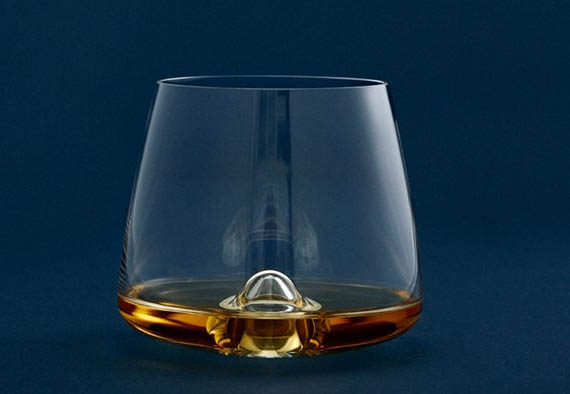


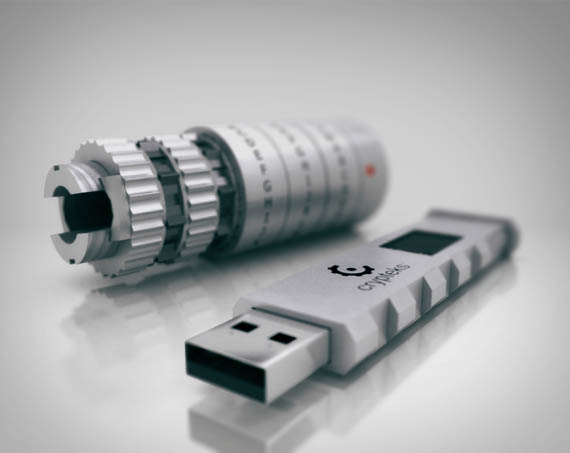
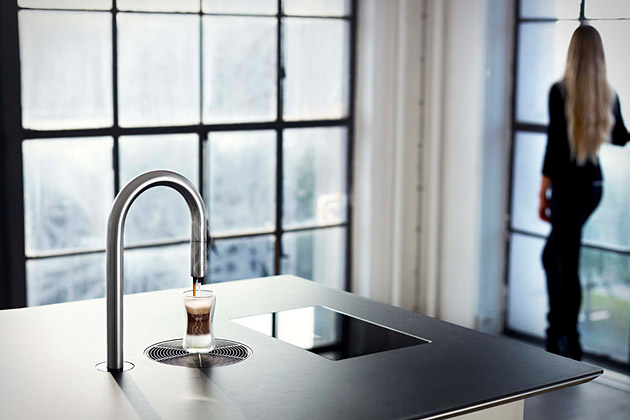

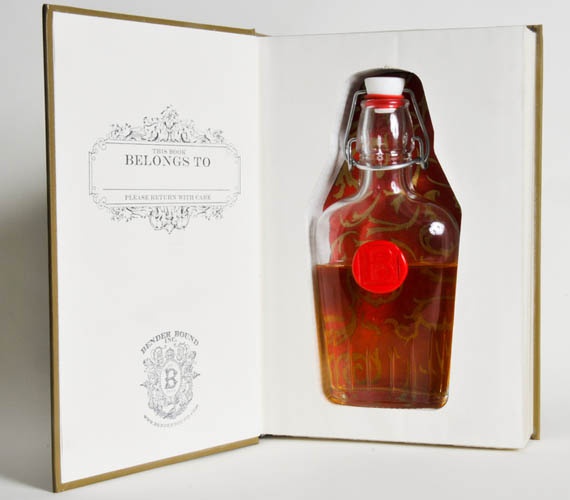

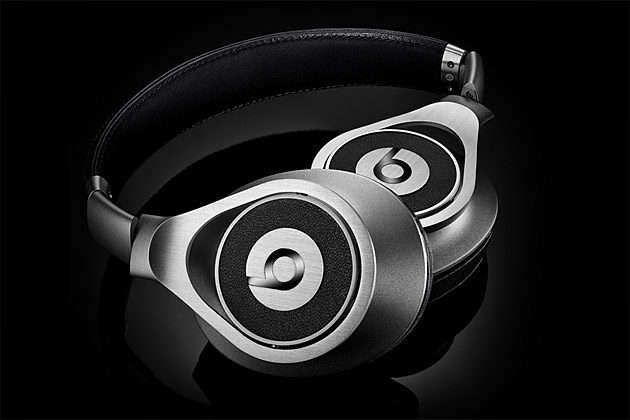

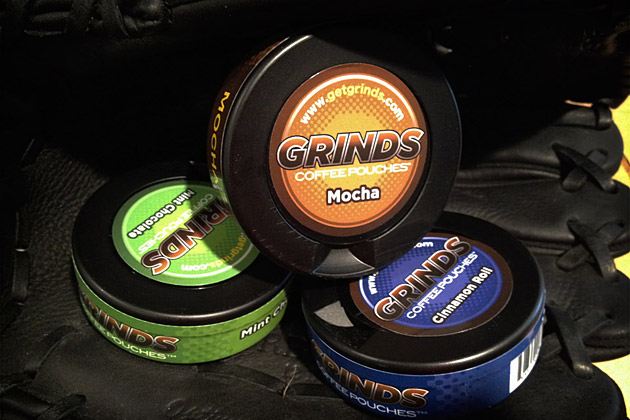

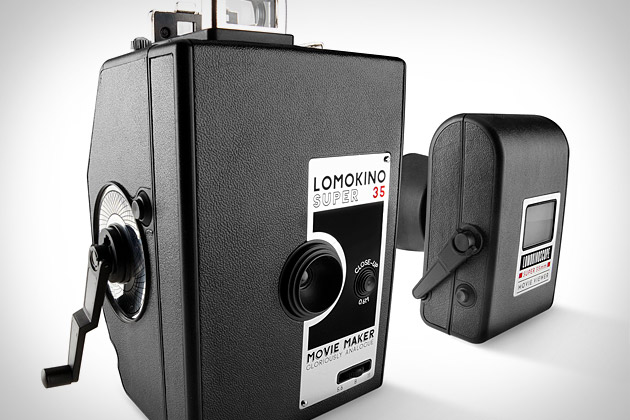






 Steve was quite a turbulent child. He really didn’t care about school for some time — until he reached the 4th grade, and had Imogene “Teddy” Hill as a teacher.
Steve was quite a turbulent child. He really didn’t care about school for some time — until he reached the 4th grade, and had Imogene “Teddy” Hill as a teacher.


